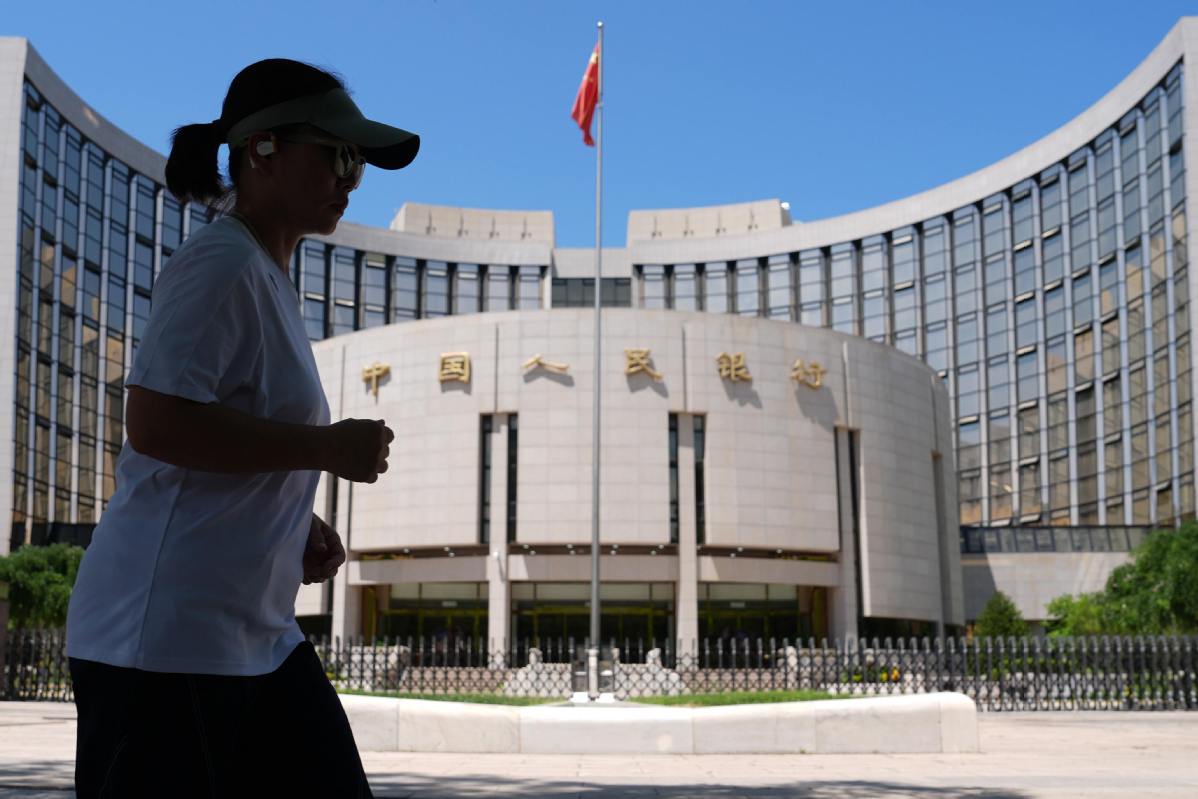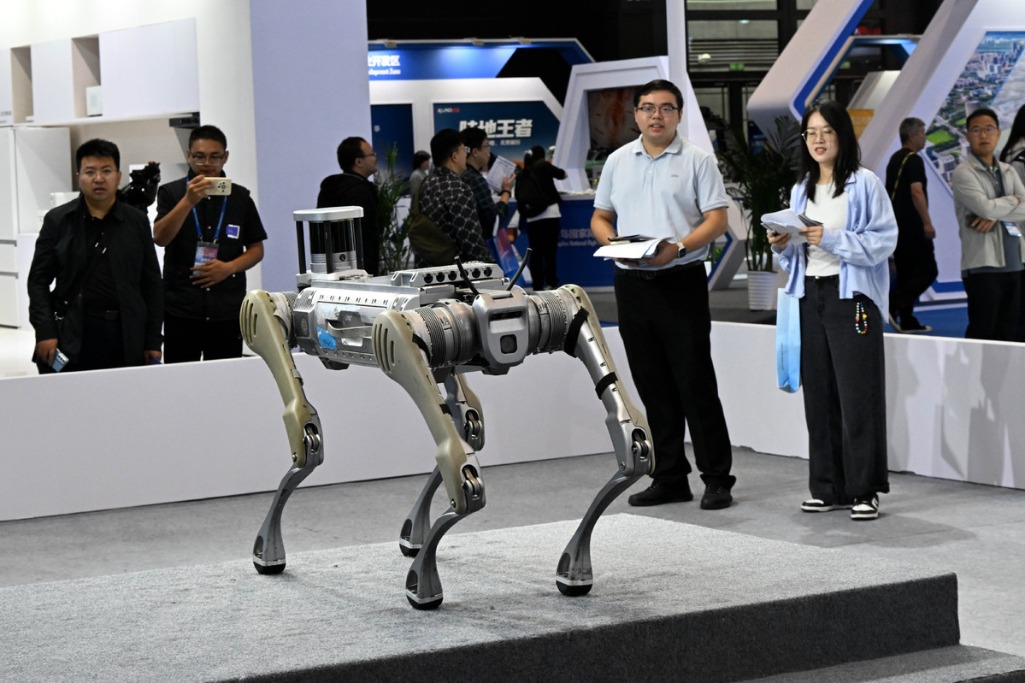Nation's monetary policy to remain independent of US Fed rate cuts
PBOC: Multiple tools in place to ensure ample liquidity, facilitate financing


China will maintain an independent and accommodative monetary policy amid the unfolding global rate cut cycle, with future adjustments to be determined by domestic priorities and incoming data, officials and analysts said on Monday.
Pan Gongsheng, governor of the People's Bank of China, the country's central bank, said on Monday that China's monetary policy will remain independent and data-driven, following the US Federal Reserve cutting the federal funds rate by 25 basis points last week.
"China's monetary policy adheres to the principle of staying oriented to domestic needs while balancing internal and external factors," Pan said at a news conference, adding that future decisions will be based on macroeconomic conditions and evolving circumstances.
Citing international central banking practice, Pan said the PBOC will follow a data-based approach to policy adjustment, and make comprehensive use of multiple tools to ensure ample liquidity and guide financing costs lower.
Such efforts are aimed at bolstering consumption, expanding investment and consolidating economic recovery, Pan said, stressing that "China's current monetary policy stance is supportive."
Also on Monday, the PBOC released the latest loan prime rates — the market-based lending benchmarks — which remained unchanged for the fourth consecutive month. The one-year LPR stood at 3 percent, while the over-five-year LPR came in at 3.5 percent.
The steady rates were in line with expectations, as the policy rate of seven-day reverse repos has also held stable. Analysts said the third quarter has been a period of observing monetary policy effects, even as the US Fed rate cut provides more policy room for China by potentially ushering in a global rate cut cycle.
Looking ahead, Ming Ming, chief economist at CITIC Securities, said credit growth remained subdued and property sales became weaker in the third quarter, underscoring the need for interest rate cuts to lower financing costs.
Ming said that the narrowing net interest margin of commercial banks suggests that deposit rates may need to decline before a cut in LPRs can take place, adding that rate cut decisionmakers should also pay attention to the impact on investor sentiment in the stock market.
During Monday's news conference, heads from China's top financial regulators also reported the achievements made by the country's financial sector over the 14th Five-Year Plan period (2021-25).
Pan said total assets of China's banking sector reached nearly 470 trillion yuan ($66 trillion) by the end of June, the largest in the world, while the country's stock and bond markets ranked second globally in size.
Wu Qing, chairman of the China Securities Regulatory Commission, said at the conference that equity and bond financing on the exchange markets totaled 57.5 trillion yuan in the past five years, raising the share of direct financing to 31.6 percent, up by 2.8 percentage points from the end of the 13th Five-Year Plan period (2016-20).
Technology-related stocks now account for over one-fourth of the market capitalization of the A-share market, far surpassing the combined weight of financial and real estate sectors, while dividends and share buybacks reached 10.6 trillion yuan in the past five-year period, more than twice the combined proceeds from IPOs and refinancing, Wu said.
Looking ahead, Wu said the commission will advance reforms of the STAR Market and ChiNext regarding IPOs, mergers and acquisitions, and corporate restructurings to amplify support for innovation, improve listed companies' disclosure quality, foster a culture that values and rewards investors, and enhance market regulation and risk-prevention frameworks.
Wu added that long-horizon assessments of funds will be reinforced, while cross-border investment and financing will be made more convenient to attract more capital inflow.
Zhu Hexin, administrator of the State Administration of Foreign Exchange, said that overseas institutions and individuals held over 10 trillion yuan worth of onshore stocks, bonds, deposits and loans by the end of July.
Official data showed that foreign investors now hold about 3.4 trillion yuan of A shares, while 269 Chinese companies are listed overseas.





































